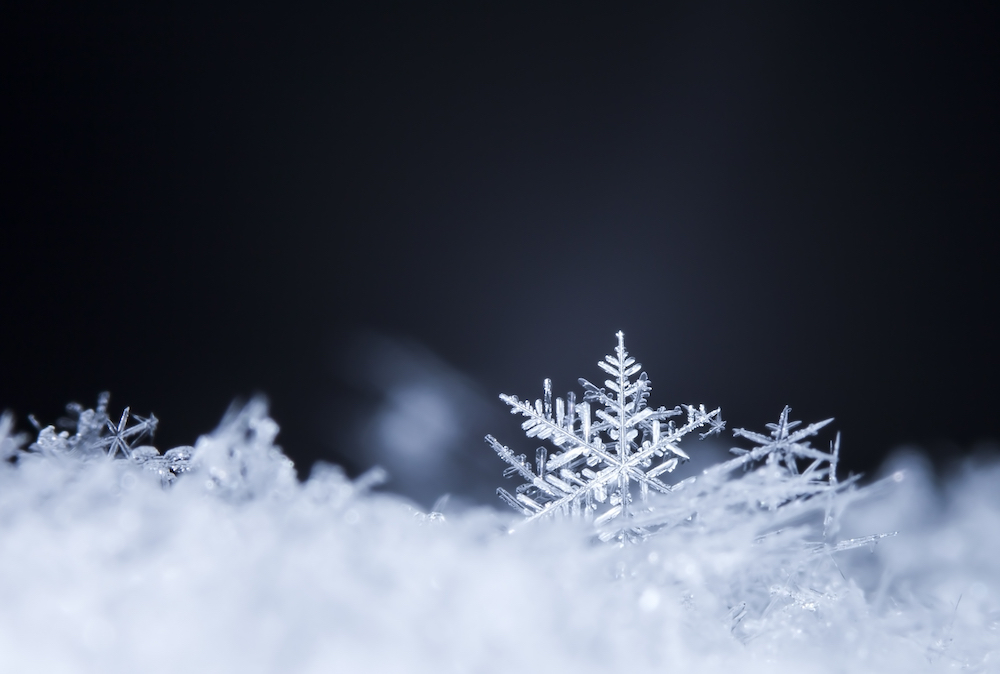
Nothing in nature is perfect — but frosty, shimmery snowflakes come pretty close.
Now one man is trying to push the limits of those shimmery, symmetrical ice crystals, to make the largest, most perfectly symmetrical snowflake ever, according to the San Jose Mercury News. Libbrecht said he was inspired by snowflakes he encountered in his hometown of Fargo, North Dakota.
Kenneth Libbrecht, a physicist at the California Institute of Technology, in Pasadena, has spent years trying to create such symmetrical beauties in his lab. By carefully controlling the conditions, using commercial recirculating chillers and temperature controllers, he has managed to create 0.5 inch (1.2 centimeters)-across snowflakes that retain their pristine symmetry.
But that isn't big enough for him: Libbrecht believes he can make symmetrical crystals as big as 1 inch (2.5 cm) across or more, the Mercury News reported. There are no physical laws that prevent the formation of arbitrarily large snowflakes, but just a slight change in the environmental conditions can make flakes turn out wonky, Libbrecht said.
"It's easy to grow an ugly snowflake," Libbrecht told The Mercury News. "More things go wrong as they get bigger."
That said, in 2006, NASA scientists measured snowflakes in Ontario, Canada and found that individual snow crystals of about 0.6 inches (1.5 cm) are not unusual. And not all of them were ugly.
Outside the lab, snow forms high in the atmosphere when crystals form on particles of dirt or dust in the atmosphere. As the burgeoning crystal falls, it encounters an ever-changing set of conditions that continually nudges the snowflake to form in one way or another, which is why no two flakes are alike, the Mercury News reported.
Sign up for the Live Science daily newsletter now
Get the world’s most fascinating discoveries delivered straight to your inbox.
Originally published on Live Science.

Tia is the managing editor and was previously a senior writer for Live Science. Her work has appeared in Scientific American, Wired.com and other outlets. She holds a master's degree in bioengineering from the University of Washington, a graduate certificate in science writing from UC Santa Cruz and a bachelor's degree in mechanical engineering from the University of Texas at Austin. Tia was part of a team at the Milwaukee Journal Sentinel that published the Empty Cradles series on preterm births, which won multiple awards, including the 2012 Casey Medal for Meritorious Journalism.









